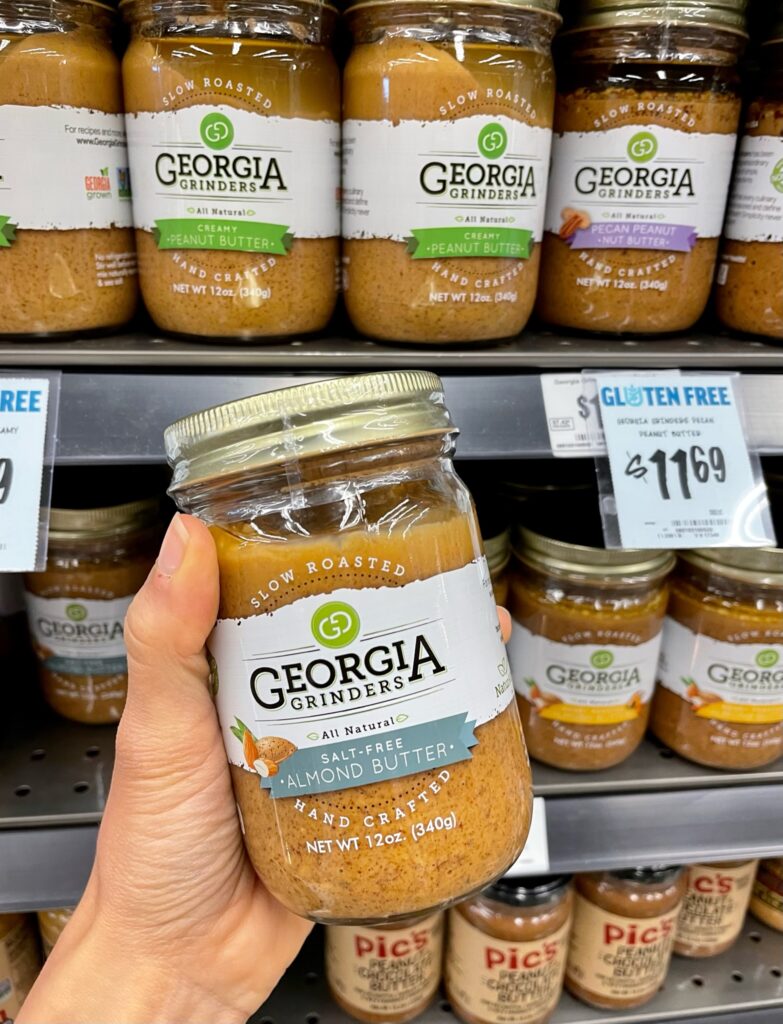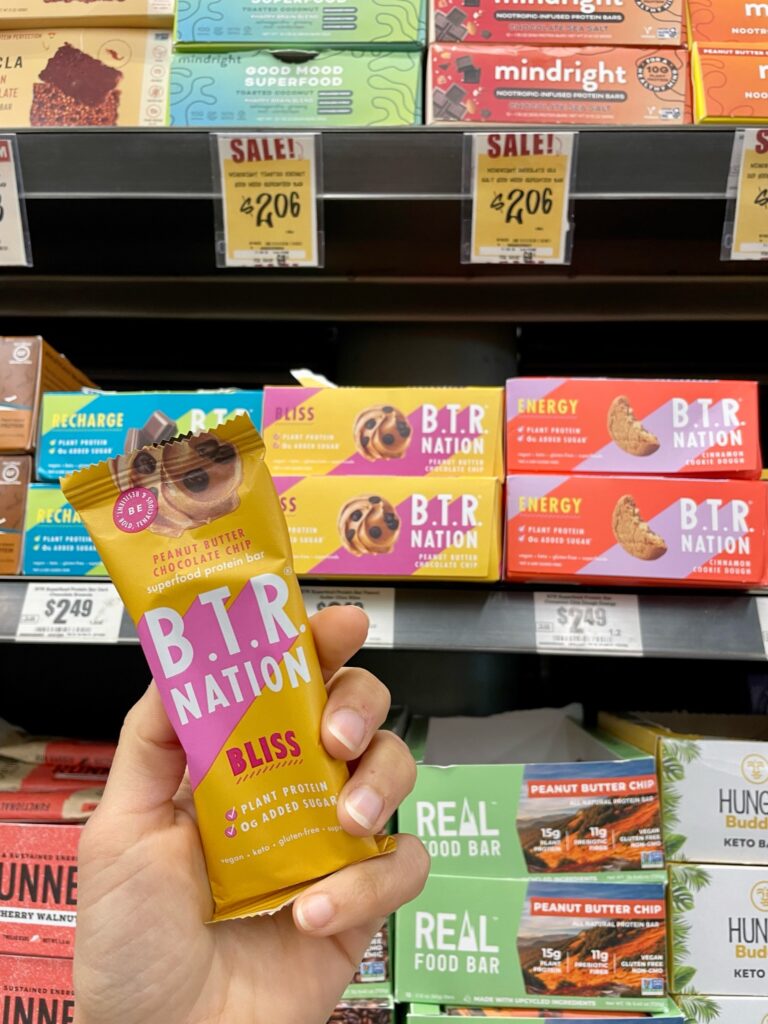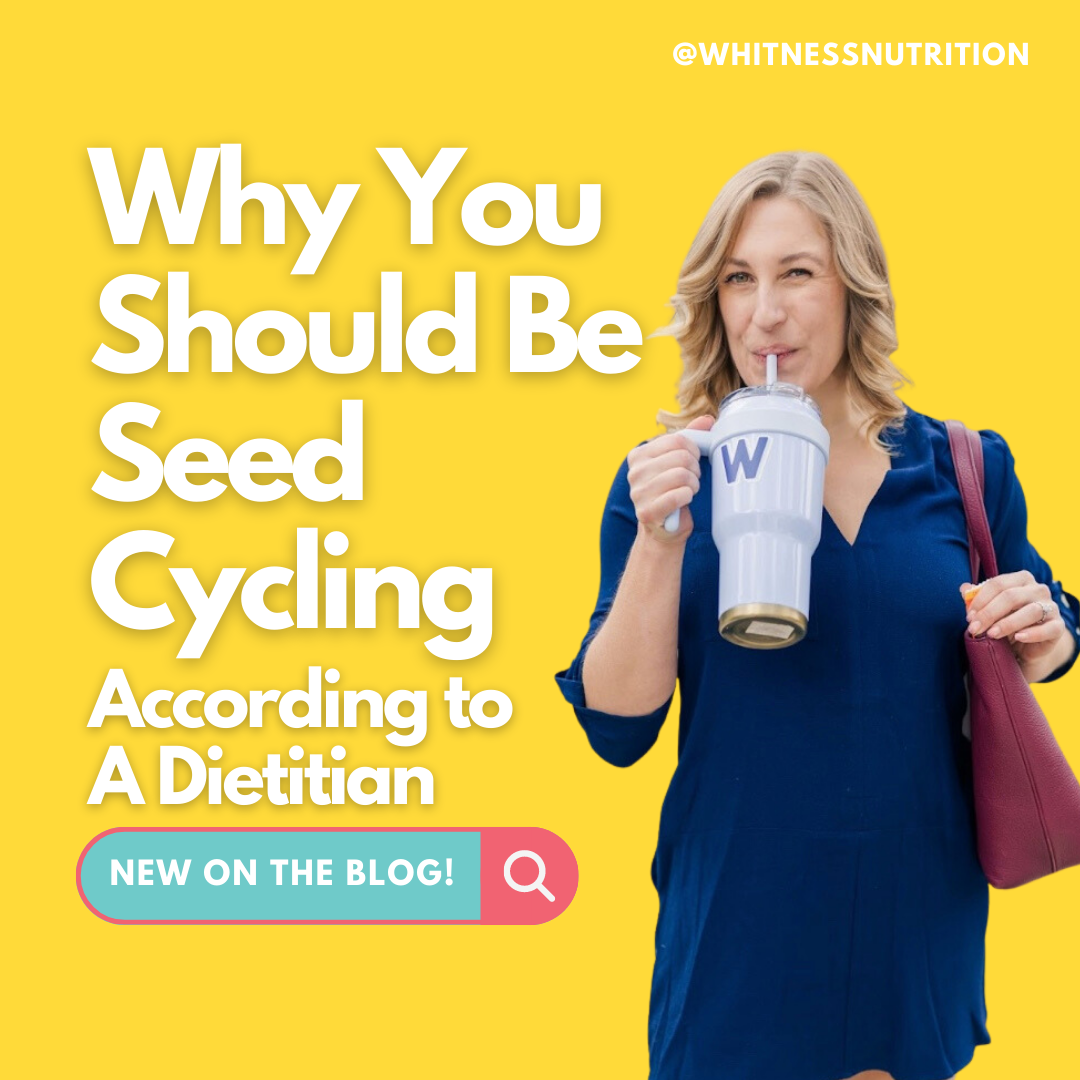Whole Foods is a popular destination for health-conscious shoppers seeking organic, natural, and sustainable products. While the store offers a wide array of nutritious and wholesome options, not everything on their shelves lives up to the health claims. As a savvy shopper, it’s essential to be mindful of what we put into our bodies. In this blog post, we’ll explore six items I won’t buy at Whole Foods and why they may not be the best choices for your health and well-being.
The Worst Foods to Buy At Whole Foods, According to A Dietitian
 Faux Meat Products
Faux Meat Products
Faux meat products may seem like a healthy alternative to animal-based proteins, but they often come with a host of drawbacks. These alternatives are packed with artificial ingredients, inflammatory oils, and excessive sodium levels. The Beyond Burger contains a whooping 390 mg of sodium per serving, whereas traditional beef contains 66 mg of sodium per serving. Beyond also contains canola oil which as been linked to inflammation.
Instead of relying on faux meats, consider opting for one ingredient, whole foods based, plant-based proteins like legumes or lentils. These options are naturally higher in fiber, lower in fat, and offer a more wholesome source of nutrients. Chickpeas only have 7 mg of sodium, significantly lower than the fax meat counterparts. I like adding chickpeas into my salads for extra fiber and flavor, as well as lentils to my pasta sauce!
Peanut Butter Spread 
The term “spread” on peanut butter might raise some eyebrows and for a good reason. Traditional peanut butter, made from just peanuts and salt, is a healthy choice for rich, healthy fats. However, many peanut butter spreads contain added sugars, hydrogenated oils, and preservatives. Opt for natural peanut butter with minimal ingredients to enjoy the full benefits of this nutty delight. My favorites are:
- Georgia Grinders
- Artisana Naturals
- Crazy Richards
Veggie Straws
Veggie straws might sound like a healthier alternative to regular potato chips, but looks can be deceiving. These veggie-wannabes are high in carbohydrates and lacking in fiber, and these snacks won’t provide the satiety or nutritional benefits you need. This isactually a lonely carb in disguise! Next time you feel like munching on veggie straws, buy the real ones! Just head over to the produce aisle and grab some real vegetables like carrots or bell peppers. These whole foods not only taste better but also provide essential vitamins and minerals.
Pairing a veggie with fat makes a great snack for blood sugar balance. A few veggie pairings I have on snack rotation include carrots and hummus or celery and nut butter.
If you DO want a healthier chip, consider one of these options:
- Siete Foods Grain-Free Tortilla Chips
- Beanitos Bean Based Chips
- Barnana Sea Salt Plantain Chips
- Nemi Snacks

They all pack in more fiber, are made with real food ingredients that aren’t pretending to be a carrot stick.
Oat Milk
Oat milk has gained popularity in recent years as a dairy-free milk alternative. While it can be a tasty addition to your coffee or cereal, it’s essential to be aware of its nutritional profile. Oat milk is higher in carbohydrates and sugars, which can lead to blood sugar spikes. Moreover, it lacks protein, calcium, and vitamin D compared to other plant-based milk options like flax milk or almond milk. Oat milk has 14 grams of carbs per cup, with only 3 grams of protein.
Consider these alternatives to ensure you’re getting a better balance of nutrients:
- Almond Milk: With just 1 gram of carbs and 1 gram of protein per serving, this nut-based milk offers a fantastic option to improve blood sugar regulation and overall health management.
- Flax Milk: A Whitness Nutrition favorite with only 2 grams of carbs per one cup, and 8 grams of protein.
Learn more about how to pick the best Dairy-free milk alternatives.
The Not So Perfect Bar

The Perfect Bar may sound like a perfect snack, but it might not live up to its name when it comes to nutrition. These bars can be deceivingly high in sugar and fat while lacking sufficient protein content. One Perfect bar has upward of 18g of sugar and 18g of fat, which is higher than their 12g of protein per serving. You might as well eat a peanut butter cookie! A perfect alternative is Healthy Eating On The Go bar, they are so similar in texture but with 15 grams of protein. Use code: Whitness at checkout!
For a truly perfect snack, look for healthier options that prioritize a better balance of nutrients and avoid excess sugars and unhealthy fats.
The best protein-rich bars to buy
Whole Foods Cold-Pressed Juice
Cold-pressed juices have become synonymous with health, but they can be a double-edged sword. While they provide essential vitamins and minerals from fruits, they are essentially concentrated sources of natural sugars. Consuming these juices without the fiber from the whole fruit can cause rapid spikes in blood sugar levels. To enjoy the goodness of fresh fruits, consider pairing them with a source of healthy fat or protein to slow down the sugar absorption.
While Whole Foods offers a vast selection of nutritious and wholesome products, it’s crucial to be a discerning shopper and read the labels carefully. Avoiding faux meat products, veggie straws, oat milk, peanut butter spreads, the Not So Perfect Bar, and excessive cold-pressed juice consumption can help you make better choices for your health. Remember to opt for whole foods that are minimally processed, nutrient-dense, and contribute to your overall well-being. By making informed decisions, you can enjoy a balanced and nourishing diet that supports your health goals.
Need more help with label reading and grocery store confidence? Book a Discovery call and work with me!


